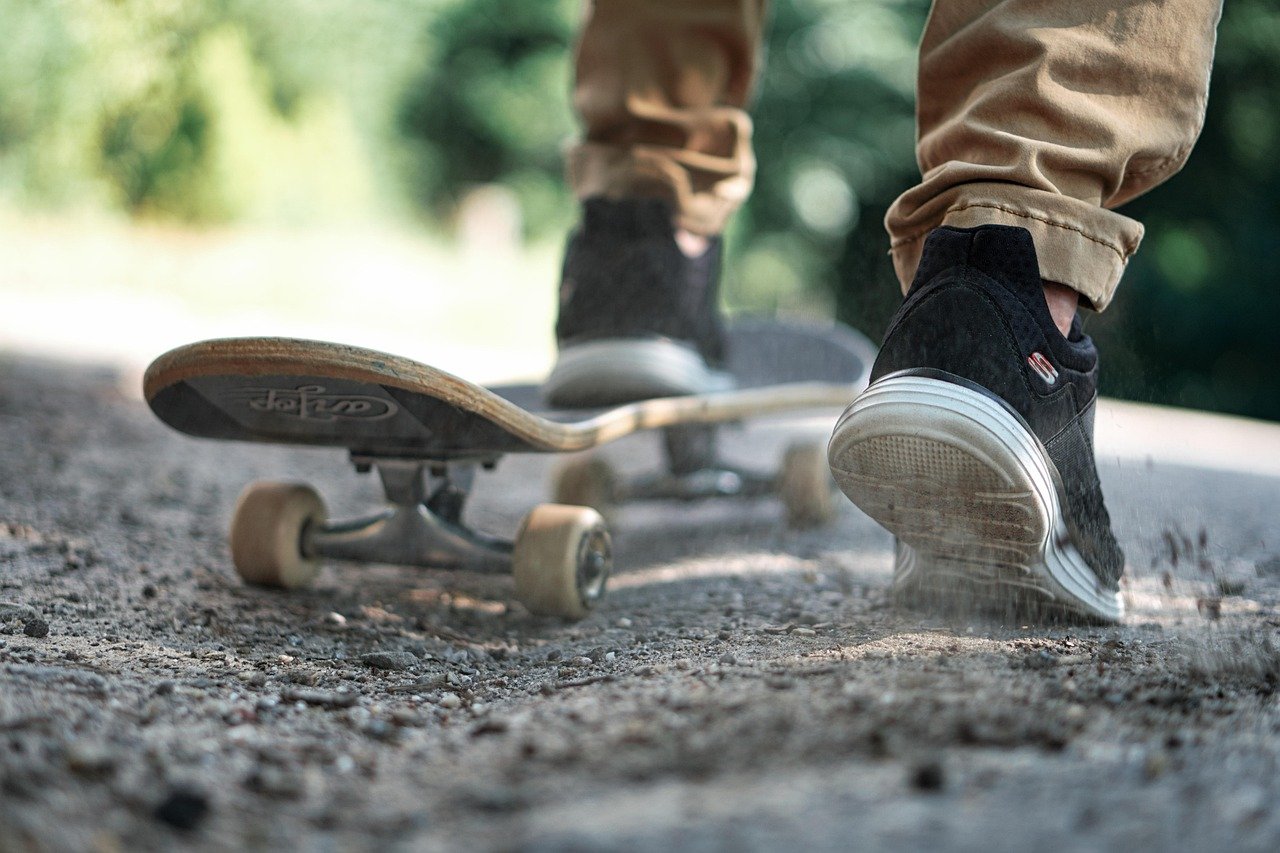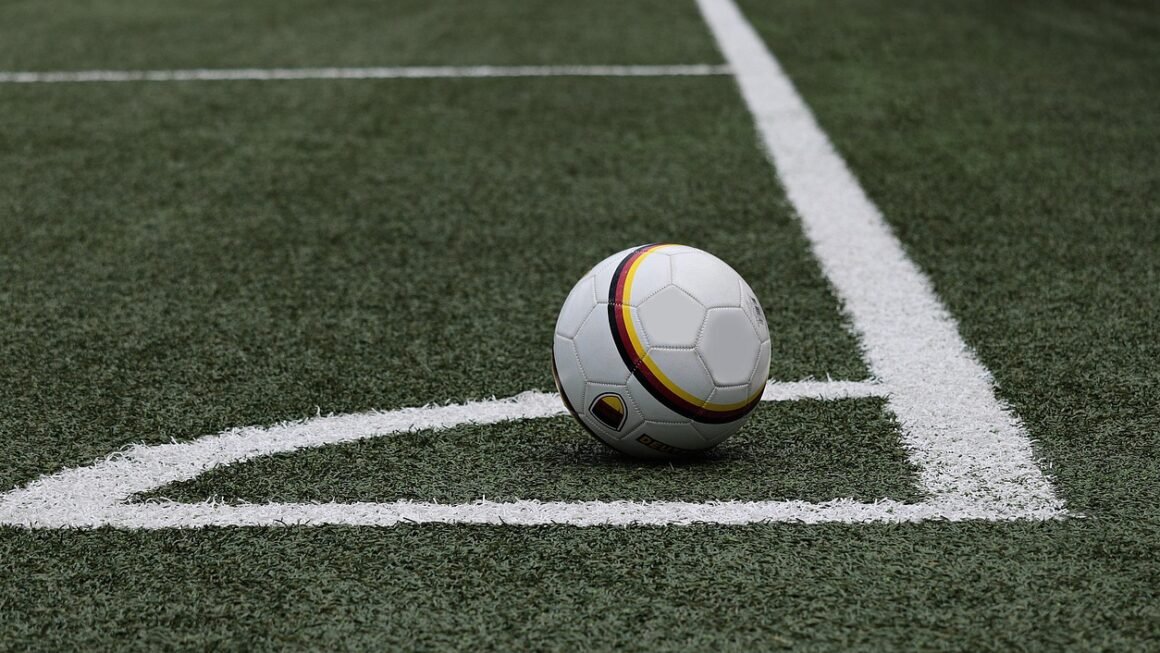Badminton: A Comprehensive Guide to the Sport
Whether you’re a seasoned athlete or just looking for a fun way to stay active, badminton offers a fantastic blend of athleticism, strategy, and accessibility. This guide provides a deep dive into the world of badminton, covering everything from its rich history and equipment to essential techniques and strategies. Get ready to learn why badminton is more than just a backyard game – it’s a sport loved by millions worldwide.
The History and Evolution of Badminton
Badminton’s roots are surprisingly complex, stretching back centuries and spanning continents. Understanding its history provides context and appreciation for the sport we know today.
Ancient Origins and Early Forms
The origins of badminton can be traced back to ancient games played in various cultures.
- Games resembling badminton existed in ancient Greece and Egypt.
- “Battledore and Shuttlecock” was a popular pastime in England during the medieval period. This involved players using paddles (“battledores”) to keep a feathered shuttlecock in the air.
The Modern Game Emerges
The modern game of badminton took shape in the 19th century.
- The game gained popularity in British India, where it was played by British Army officers.
- The name “Badminton” comes from Badminton House, the Duke of Beaufort’s estate in Gloucestershire, England, where the game was popularized in the 1860s.
- The first badminton club was formed in 1877, and standardized rules were established.
Badminton Today: Global Popularity
Today, badminton is a globally recognized and popular sport.
- Badminton became an Olympic sport at the 1992 Barcelona Games.
- The Badminton World Federation (BWF) is the international governing body for the sport.
- Badminton is particularly popular in Asia, with countries like China, Indonesia, and Malaysia consistently producing top players.
Statistically, badminton ranks as one of the most participated sports globally.
Essential Badminton Equipment
Having the right equipment is crucial for enjoying and performing well in badminton. This section covers the key components of your badminton gear.
Rackets: The Extension of Your Arm
Choosing the right racket is paramount for power, control, and comfort.
- Weight: Lighter rackets (around 70-75 grams) are easier to maneuver, while heavier rackets (85-90 grams) provide more power. A beginner might prefer a lighter racket.
- Balance: Head-heavy rackets are power-oriented, head-light rackets are control-oriented, and even-balanced rackets offer a compromise.
- Grip Size: Choose a grip size that feels comfortable and allows for a secure hold. A good rule of thumb is to be able to fit a finger between your fingertips and palm when gripping the racket.
- Material: Rackets are typically made of graphite, carbon fiber, or a combination of materials. Graphite and carbon fiber offer excellent strength and lightweight properties.
- Strings: String tension affects power and control. Higher tension provides more control but less power, while lower tension offers more power but less control. Experiment to find what works best for you.
Example: A beginner might benefit from a more flexible racket and lower string tension for easier shot generation.
Shuttlecocks: Feathers vs. Synthetics
The shuttlecock, or birdie, is a unique element of badminton.
- Feather Shuttlecocks: Made with goose or duck feathers, these offer superior flight characteristics and are preferred for competitive play. They are more delicate and expensive than synthetic shuttlecocks.
- Synthetic Shuttlecocks: Made of nylon or plastic, these are more durable and affordable, making them suitable for recreational play and practice.
- Speed: Shuttlecocks come in different speeds, indicated by numbers on the tube. Choosing the correct speed depends on the temperature and altitude of the playing environment.
Practical Tip: In warmer climates, a slower shuttlecock is usually required.
Court Shoes: Agility and Support
Proper footwear is essential for preventing injuries and enhancing performance.
- Non-marking Soles: Badminton court shoes have non-marking soles to protect the court surface.
- Lateral Support: Shoes should provide excellent lateral support to prevent ankle injuries during quick movements.
- Cushioning: Adequate cushioning is crucial for absorbing impact and reducing stress on your joints.
Pro Tip: Invest in badminton-specific shoes, as running shoes are not designed for the lateral movements required in badminton.
Fundamental Badminton Techniques
Mastering fundamental techniques is crucial for improving your game.
Grip: The Foundation of Your Shots
The grip influences your ability to generate power and control the shuttlecock.
- Forehand Grip: Hold the racket as if shaking hands with it. The “V” formed by your thumb and index finger should be on the top bevel of the grip.
- Backhand Grip: Rotate the racket slightly counterclockwise. Your thumb should be along the wide back bevel of the grip for added support.
- Changing Grips: Practice smoothly transitioning between forehand and backhand grips to prepare for different shots.
Footwork: The Key to Court Coverage
Efficient footwork allows you to reach the shuttlecock quickly and maintain balance.
- Ready Position: Stand with your feet shoulder-width apart, knees slightly bent, and racket held up in front of you.
- Shuttle Runs: Practice moving to all four corners of the court and returning to the center. This improves agility and speed.
- Side Steps and Crossovers: Use side steps for short distances and crossovers for longer distances to cover the court efficiently.
Basic Strokes: The Building Blocks of Your Game
Master these strokes to build a solid foundation for your badminton skills.
- Serve: The serve starts the rally. It must be hit underhand and below the server’s waist. Practice both high serves (to the back of the court) and low serves (just over the net).
- Clear: A defensive shot hit high and deep to the opponent’s backcourt. This gives you time to recover your position.
- Drop Shot: A delicate shot that falls just over the net. This forces the opponent to move forward.
- Smash: An overhead power shot hit downwards. This is an attacking shot designed to win the point.
- Drive: A flat, fast shot hit parallel to the net. This puts pressure on your opponent and limits their reaction time.
Advanced Badminton Strategies and Tactics
Once you’ve mastered the basics, you can incorporate advanced strategies to elevate your game.
Singles Strategies
Singles requires a blend of endurance, agility, and strategic thinking.
- Court Coverage: Aim to cover the entire court efficiently, using footwork to reach the shuttlecock quickly.
- Varying Shots: Mix up your shots to keep your opponent guessing. Use clears, drops, and smashes to create opportunities.
- Exploiting Weaknesses: Identify and exploit your opponent’s weaknesses, whether it’s their backhand, footwork, or stamina.
- Controlling the T: The “T” refers to the intersection of the service lines and the center line near the net. Controlling this area allows you to dictate the pace of the game.
Example: If your opponent has a weak backhand clear, continuously target that area.
Doubles Strategies
Doubles requires teamwork, communication, and specialized positioning.
- Attacking Formation: One player is at the net (“front player”) to intercept drop shots and net shots, while the other is at the back (“back player”) to cover clears and smashes.
- Defensive Formation: Both players stand side-by-side to cover the width of the court.
- Rotation: Players rotate positions smoothly to maintain coverage and create attacking opportunities.
- Communication: Communicate with your partner to coordinate movements and shot selection. Use verbal cues or signals to indicate your intentions.
Pro Tip: Practice rotations with your partner to ensure seamless transitions between attacking and defensive formations.
Deception and Mind Games
Badminton is as much a mental game as it is a physical one.
- Feinting: Use deceptive movements to mislead your opponent about your intended shot. For example, pretend to smash but then execute a drop shot.
- Varying Pace: Change the pace of the game to disrupt your opponent’s rhythm. Slow down the rallies with clears and drops, then speed them up with smashes and drives.
- Body Language: Project confidence and control, even when you’re under pressure. This can intimidate your opponent and give you a psychological edge.
* Actionable Takeaway: Practice feinting in your training sessions to develop the ability to deceive your opponent.
Conclusion
Badminton is a captivating sport that offers a unique blend of physical and mental challenges. Whether you’re looking to improve your fitness, compete at a high level, or simply enjoy a fun and social activity, badminton has something to offer everyone. By understanding the history, mastering the essential equipment and techniques, and implementing advanced strategies, you can unlock the full potential of this exciting sport and experience the joy of badminton. So grab a racket, find a court, and start playing!



